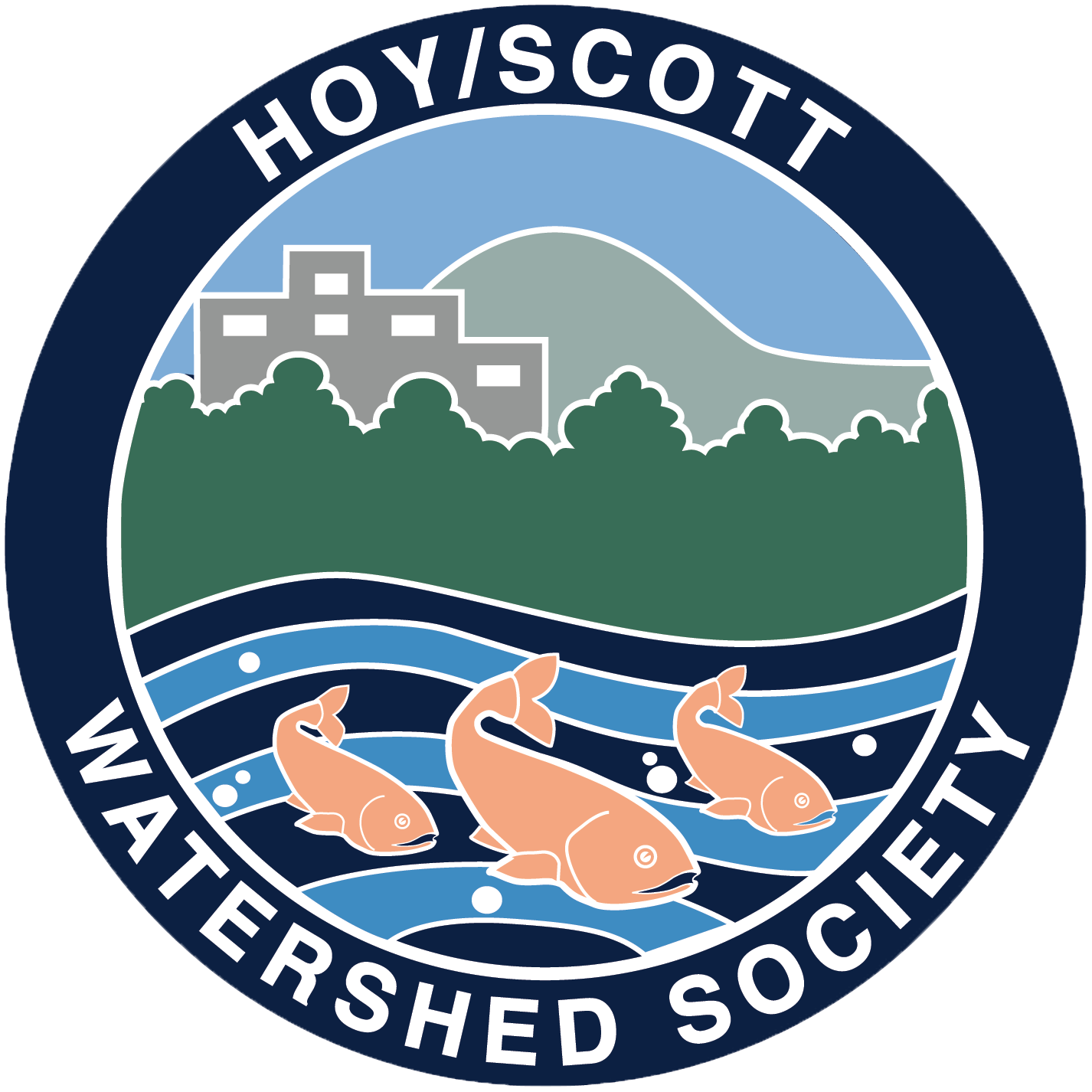We’re excited to share that restoration of the riparian area around Hoy Creek—disturbed last summer during the removal of old concrete structures—is now complete!
Thanks to the hard work and dedication of our amazing volunteers, the Fisheries and Oceans Canada Salmonid Enhancement Program (SEP) team, and supportive friends and family, the area has now been replanted and is ready to thrive.
It wasn’t easy work—digging, hauling, planting—but the spirit of teamwork made the effort lighter and the days brighter. As always, we are grateful for our incredible community and those who stepped up to help.
💚 Special thanks to Tyler, Thomas, Anne, Amy, Jiameng, Eric, Glenda, Dillon, Kathy, Madeleine, and Sam for giving your time and energy to make this restoration possible.
We also extend a BIG thanks to the Pacific Salmon Foundation for their ongoing support of salmon and habitat recovery in our region!
🌱 If you’re walking the Hoy Creek Trail, you may notice green fencing in the restoration area. Please respect the barrier and help us protect this young growth by reminding others to do the same. With a little time and care, this area will return to a lush, vibrant habitat that supports both wildlife and the health of our watershed.
















